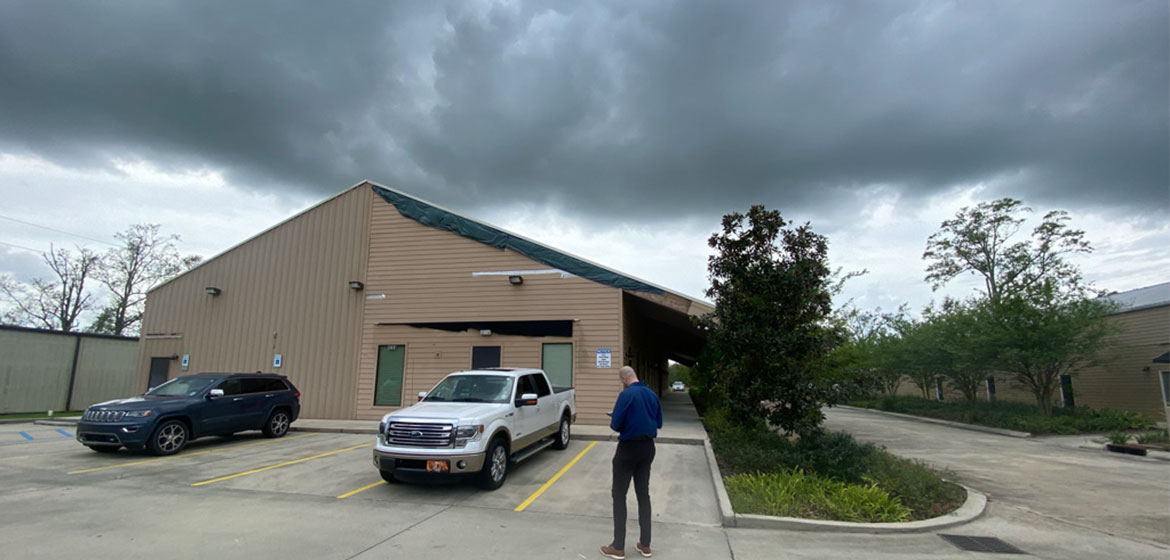Learn The Types Of Thunderstorms

Not all thunderstorms are severe. Some storms, particularly those triggered by warmer weather, can produce high winds, pelting rain, hail, or even tornadoes. Others may be mild, resulting in only a light rain before dissipating.
Let’s look at the various types of thunderstorms that exist.
Supercell Thunderstorms
Supercell thunderstorms are powerful thunderstorms that possibly cause the most amount of damage. A supercell is created by a constantly rotating updraft, which is a rising parcel of moist air. Because of the presence of moist warm air, this updraft continues to grow, eventually forming a tilting and rotating form that can reach heights of 50,000 feet.
The Doppler radar detects this peculiar rotation as a ‘mesocyclone’. Its rotating form has the potential to become a tornado or cause other violent disruptions such as large hail and flash floods. Supercell thunderstorms usually last a long time (over an hour).
Squall Line
Squall-line thunderstorms are named for the ‘squalls’ of high wind that accompany them. They form a line of storms that can stretch for hundreds of miles. These storm lines produce raging straight-line winds with speeds exceeding 70 mph. They have the potential to cause significant property and structural damage.
Squall-line storms are short-lived compared to supercells but can produce rain, hail, or lightning. They are less likely to produce tornadoes, although they are a possibility. On the Doppler radar, squall-line storms appear as an outward bow.
Single-cell Thunderstorms
Single-cell thunderstorms have a typical storm cycle and are milder than their counterparts. A warm summer afternoon can spark a single-cell thunderstorm by creating an updraft, which cools, condenses, and falls as rain. They are also called ‘popcorn’ convection storms. Lightning, thundering, and moderate to heavy rains may accompany a single-cell thunderstorm, which lasts about an hour. They usually cause minor disruptions in daily life. The rain that follows single-cell thunderstorms may provide a welcome respite from the extreme heat.
Multi-cell Thunderstorms
This is another run-of-the-mill thunderstorm, similar to the single-cell thunderstorm. Simply put, multi-cell thunderstorms are formed by the confluence of multiple single-cell thunderstorms. They cause heavy rain and strong wind gusts. They do, however, have the potential to cause flash floods because they continue to form newer updrafts at intervals, pouring intensely and intermittently over a specific area. Multi-cell thunderstorms typically last 30 to 60 minutes, but can also last for hours.
Mesoscale Convective System (MCS)
This is a full-fledged thunderstorm system, not a type of thunderstorm. This system may include the following components:
- Mesoscale convective complex (MCC): This type of MCS has the potential to spread across an entire state. Satellite images show that they are usually circular and made up of thunderstorm clusters.
- Mesoscale convective vortex (MCV): This type of MCS creates a swirling pattern in the wind that eventually leads to a low-pressure vortex. It could last for up to 12 hours.
Thunderstorms are erratic. There’s no telling what kind of storm will hit your area, so it’s best to be fully prepared. Severe thunderstorms have the potential to cause significant property damage. In the aftermath of a severe storm, ensure you have an expert public adjuster by your side to help you obtain the best settlement from your insurer.